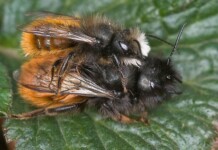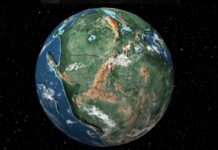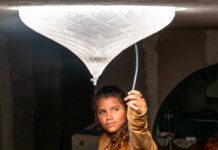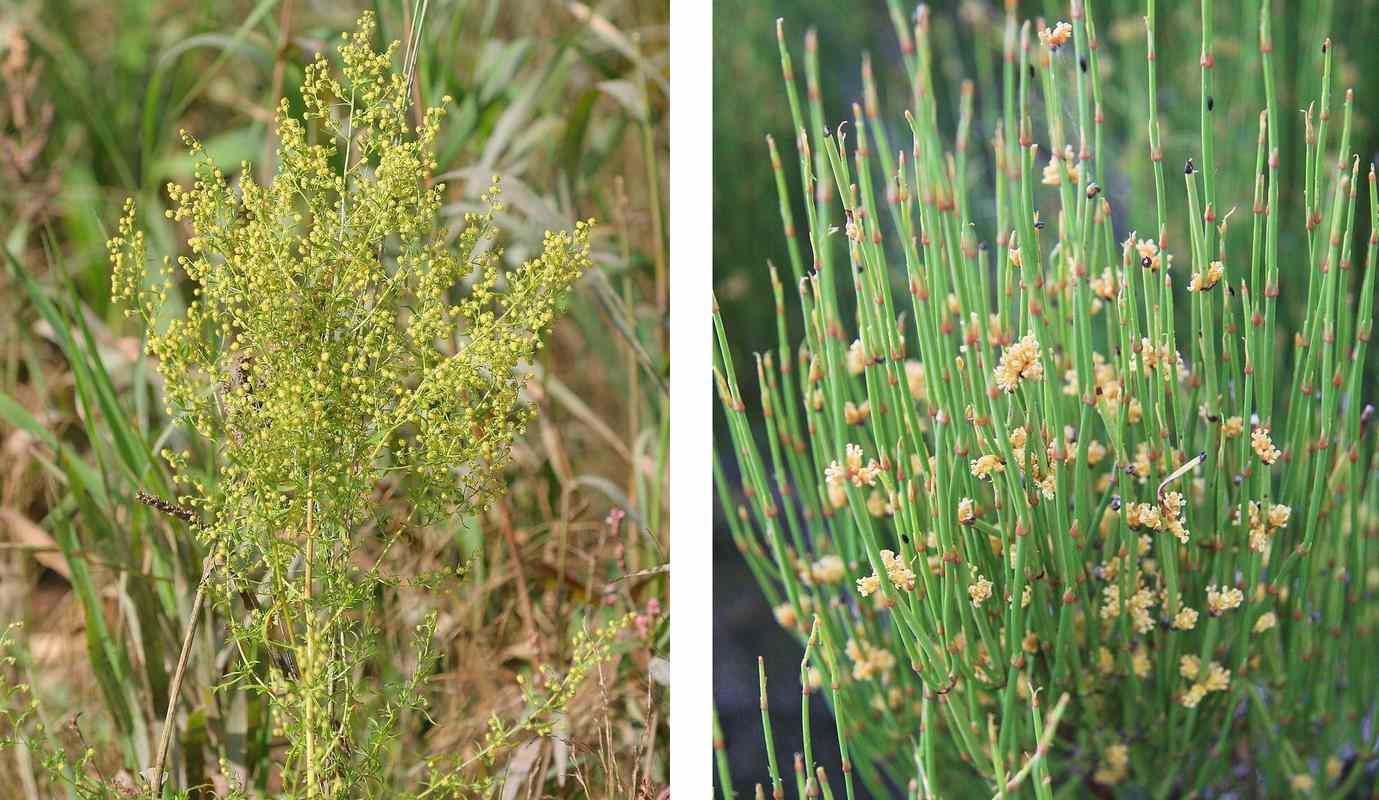
Scientists in San Diego are working alongside Native Americans to plumb the genetic depths of medicinal plants in the name of potentially commercializing them as medicines.
Researchers from the renowned Salk Institute for Biological Studies work extensively at the Medicinal Plants Nursery in the San Diego Botanic Garden, growing and studying native California plants traditionally used to treat any malady under the Sun.
Those who know something of American medical history will know that Dr. Jonas Salk developed the vaccine for Polio. He leant his name and reputation to an institute, which today carries on the work of developing cutting edge medicines and making breakthrough discoveries in the field of aging and plant biology.
However, in this case, the sophisticated Salk laboratories are being trained on rudimentary pharmaceutical development strategies, namely those to do with medicinal herbs.
“We have co-evolved with all of these medicinal plants,” said Salk Institute biologist Dr. Todd Michael. “I mean, they make these things probably to protect themselves, but also maybe because they make their mammal counterparts happy.”
Some specimens which Dr. Michael and his colleague Dr. Ben Neiman are focusing on include ephedra, which has a history of being used to treat syphilis, weight loss, allergies, asthma, and headaches; artemisia, used to treat malaria; and yerba santa, which Salk biologists are investigating for its potential foundation in a neurological drug for Alzheimer’s disease.
In the case of the latter two, Native Americans have used them traditionally as medicine, and they are collaborating with Salk in studying them for the depth of their medicinal properties.
MORE STORIES LIKE THIS:
- The Medicinal Value of Chaga Mushrooms as a Nutraceutical for Good Health
- Above Appalachian Coalfields Is Wealth of Forest Botanicals Now Being Farmed and Conserved by Locals
- Englishman Grows 500 Types of Edible Foods With Only a Few Hours’ Work a Month
- Manuka Honey Reduces Breast Cancer Cell Growth by 84% in Human Cells and Mice
KFMB, CBS 8 San Diego reports that the work done by Salk is attracting national attention, with nurseries and institutes around the country sending cuttings, seeds, and plants to further their efforts.
Dr. Neiman says that the goal of translating the work into clinical trials and commercial pharmaceutical products is a “circular ecosystem” in economic terms, since the more drugs that can be developed, the more that tribal nations in and around San Diego County, and the natural landscape where these plants thrive, can be rewarded and protected.
WATCH the story below from the Salk Institute…
SHARE This Great Medicinal Initiative With Your Friends Who Prefer Holistic Medicine…




















